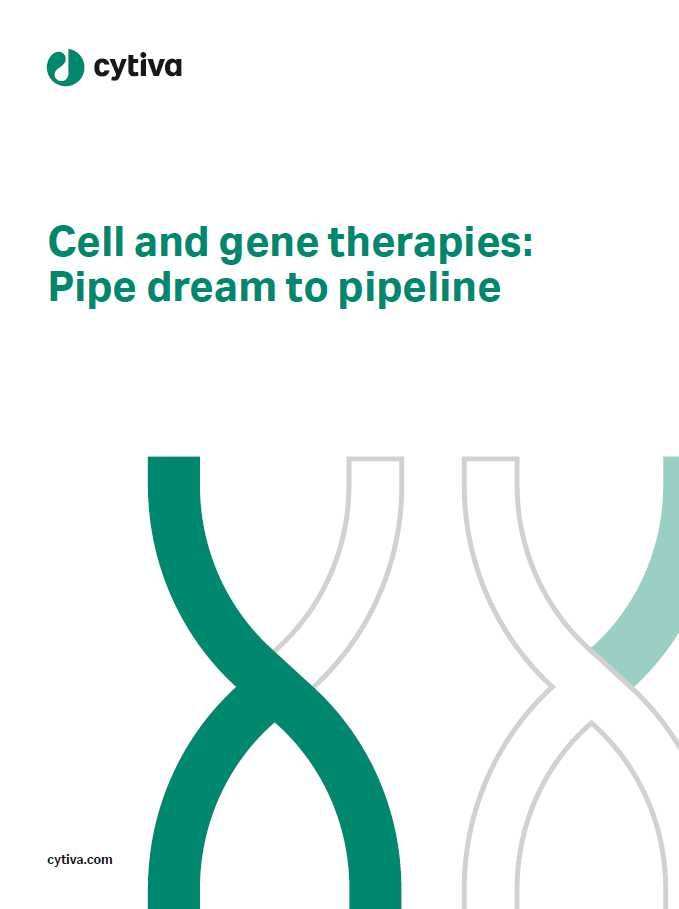
BrainStorm Cell Therapeutics today presented new genetic data from a Phase III trial of NurOwn in amyotrophic lateral sclerosis (ALS). The biotech is now generating stem cells from trial participant blood samples to investigate a possible link between phenotypes of the gene UNC-13A and treatment response, BrainStorm EVP Stacy Lindborg says.
In November 2020, the New York-based company announced that the Phase III BCT-002 trial (NCT03280056) missed its primary endpoint that used the ALS Functional Rating Scale (ALS-FRS). But today’s analysis suggests that certain UNC-13A carriers have a much stronger response to NurOwn, though lab analyses and future trials are necessary to confirm.
UNC-13A, a gene linked to ALS, is one of 31 prespecified genes that the trial planned to explore. NurOwn is a stem cell therapy that delivers neurotrophic factors and immunomodulatory cytokines to damaged cells in patients with ALS.
Clinical Trials Arena previously published an analysis highlighting the challenges of designing an ALS clinical study, where there is heightened awareness for the need of new biomarkers and improved patient selection.
Genetic data after ALS clinical trial miss
Before participating in the Phase III, 124 out of 189 patients consented to genetic testing, and 58 of these patients had the A/C allele of UNC-13A. Among patients with the gene, 65% of 20 treatment patients responded using ALS-FRS, compared to 29% of placebo patients (p=0.011). In patients with the A/A allele (n=47) and the C/C allele (n=19), there was a 29% and 22% response to NurOwn, respectively. A trend in allele distribution in BCT-002 reflects what was seen in a larger population-based study of people with ALS in the Netherlands.
The UNC-13A subgroup study sample is too small to draw any conclusions in the absence of another trial, says BCT-002 principal investigator Dr Merit Cudkowicz. However, studying stem cells in a lab could help scientifically verify if NurOwn works better in this subpopulation, possibly providing the rationale for a new clinical study whether that is pre- or post-marketing, she adds. Cudkowicz is chief of neurology at Massachusetts General and the director of the HEALEY ALS study, a platform trial design with multiple major ALS drug readouts expected this year.
Generating stem cells
All ALS trials should collect peripheral blood mononuclear cells (PBMCs) from study participants, which can be made into motor neurons in a laboratory using stem cell technology, Cudkowicz explains. Researchers can then study the effect of treatments on motor neurons from patients with and without certain genotypes, she says.
ALS is characterised by progressive degeneration of motor neurons, making these cells ideal candidates for studying the effects of ALS drugs. PBMCs can be isolated from specific blood samples in patients.
In general, all ALS trials should collect PBMCs to keep this investigation option available, Cudkowicz says. If a subset of clinical trial patients appears to respond better to treatment, researchers can then study the drug’s effect on their stem cell motor neurons in the lab to help inform future trials, she explains. The HEALEY-ALS platform trial has just started collecting PBMCs, she adds.
Currently, the price of developing PBMCs into motor neurons and testing them is high, costing upwards of $10,000 per patient, Cudkowicz says. But that price is likely to drop with new technological advances, and its relatively cheap to collect samples in order to keep this additional investigation option available, she notes.
UNC-13A gene linked to ALS
BrainStorm’s recent pharmacogenomic analysis was not the first in ALS to hint at a connection between treatment effect and the UNC-13A gene. In a 2017 meta-analysis of ALS clinical trials investigating lithium carbonate, presence of the UNC-13A gene was an independent predictor of ALS survival. “It was because of this lithium paper that we were particularly interested in UNC-13A,” Brainstorm’s Lindborg explains.
Although there was not a statistically significant improvement of survival in the overall lithium study population, the 12-month survival probability for UNC-13A carriers treated with lithium improved from 40.1% to 69.7%, which is a 29.6-point increase.
Both the lithium analysis and BrainStorm’s analysis make further studying UNC-13A an important next step, beginning with laboratory testing, Cudkowicz says. “ALS is known to be incredibly heterogeneous from a clinical standpoint, but now we're getting perspective on how heterogeneous it is from a genetic standpoint,” Lindborg adds. “By focusing in on specific genotypes and stratifying patients, we can be creative in what future trials look like.”
Clarification: Subsequent to this article’s publication, BrainStorm clarified that BCT-002 did not collect PBMCs. Also, the clause “whether that is pre- or post-marketing” was added to Cudkowicz’s quote to clarify the types of clinical trials she referenced. Relevant sentences have been updated accordingly.
Cell & Gene Therapy coverage on Clinical Trials Arena is supported by Cytiva.
Editorial content is independently produced and follows the highest standards of journalistic integrity. Topic sponsors are not involved in the creation of editorial content.




